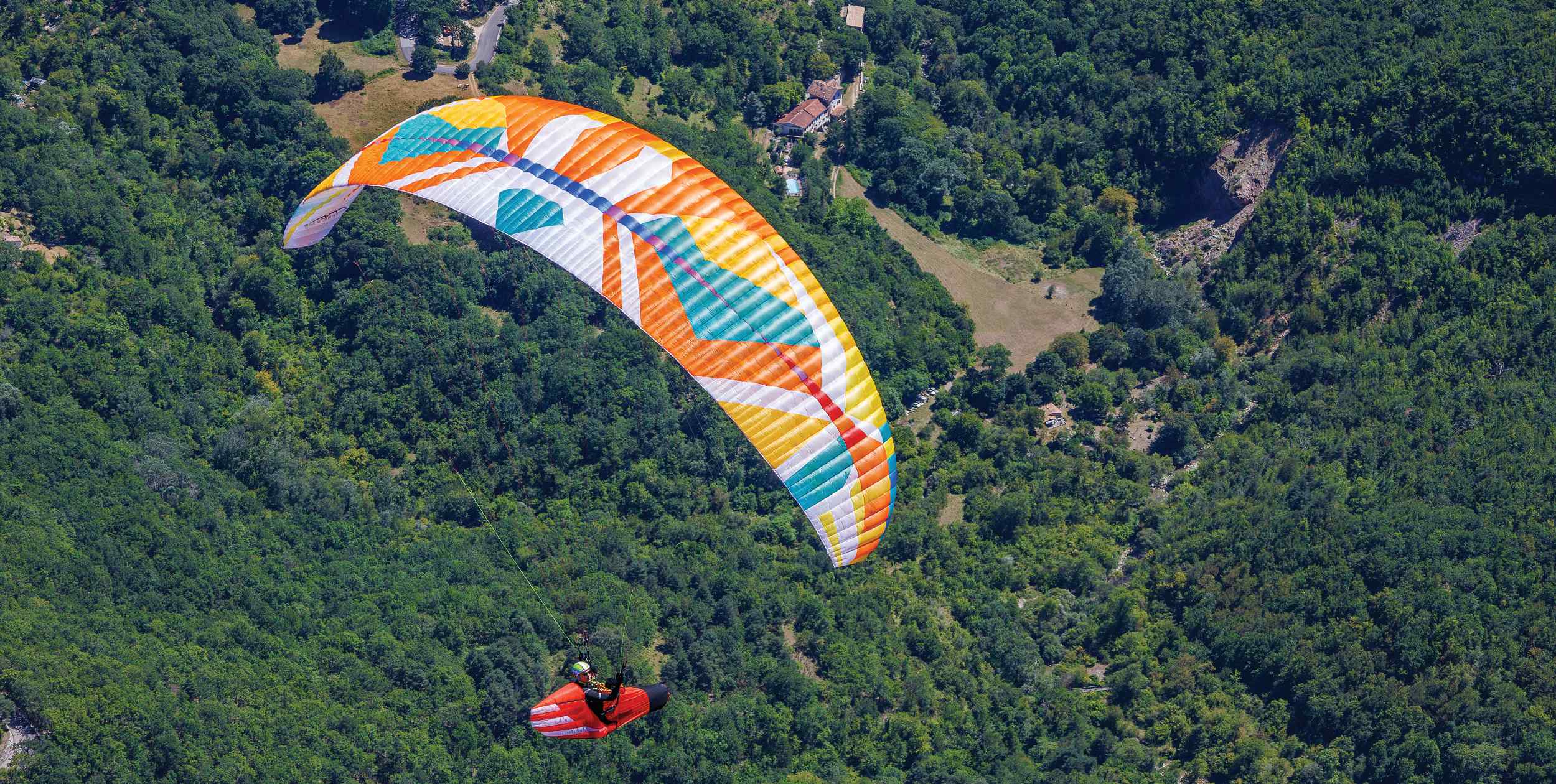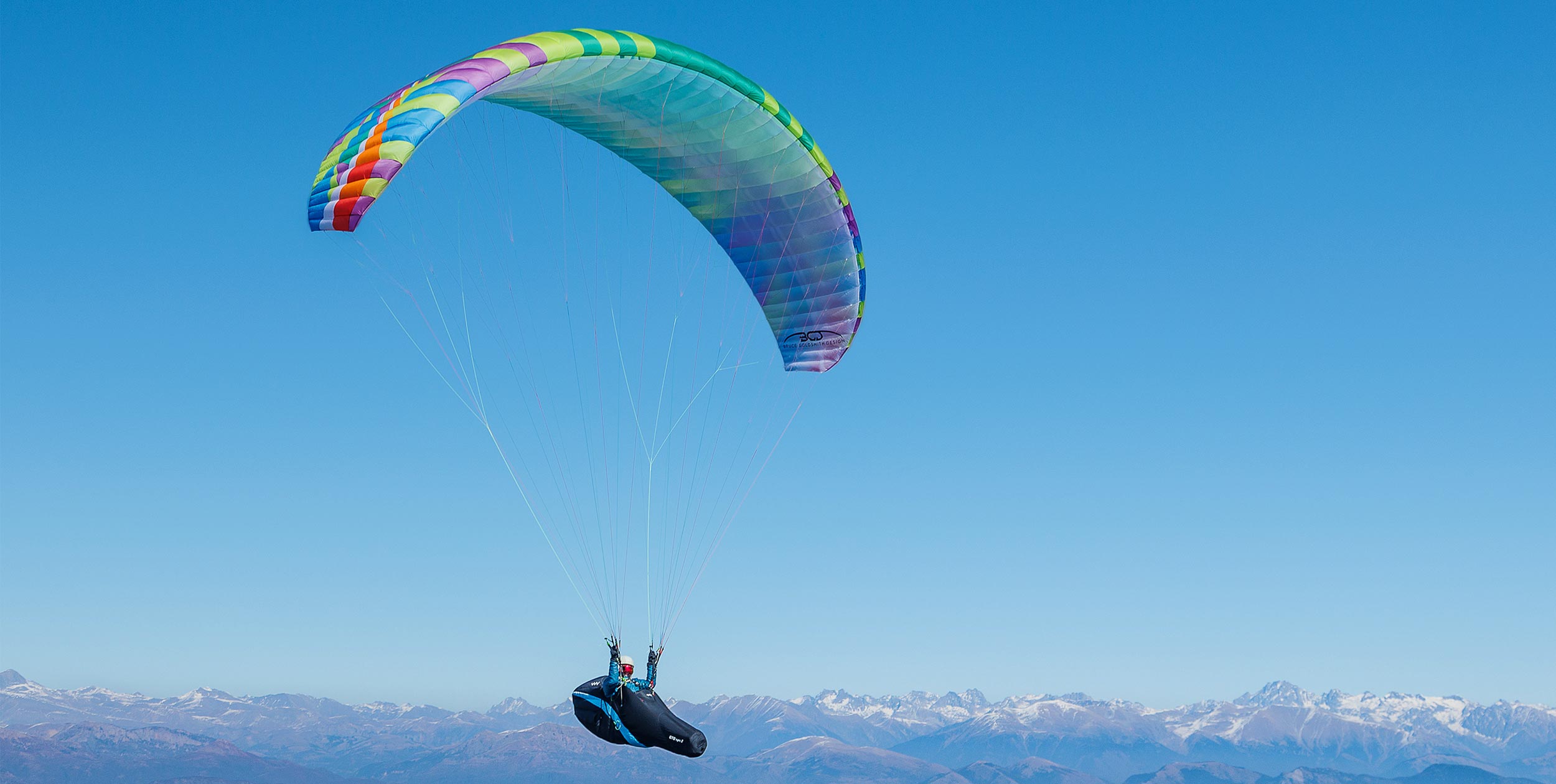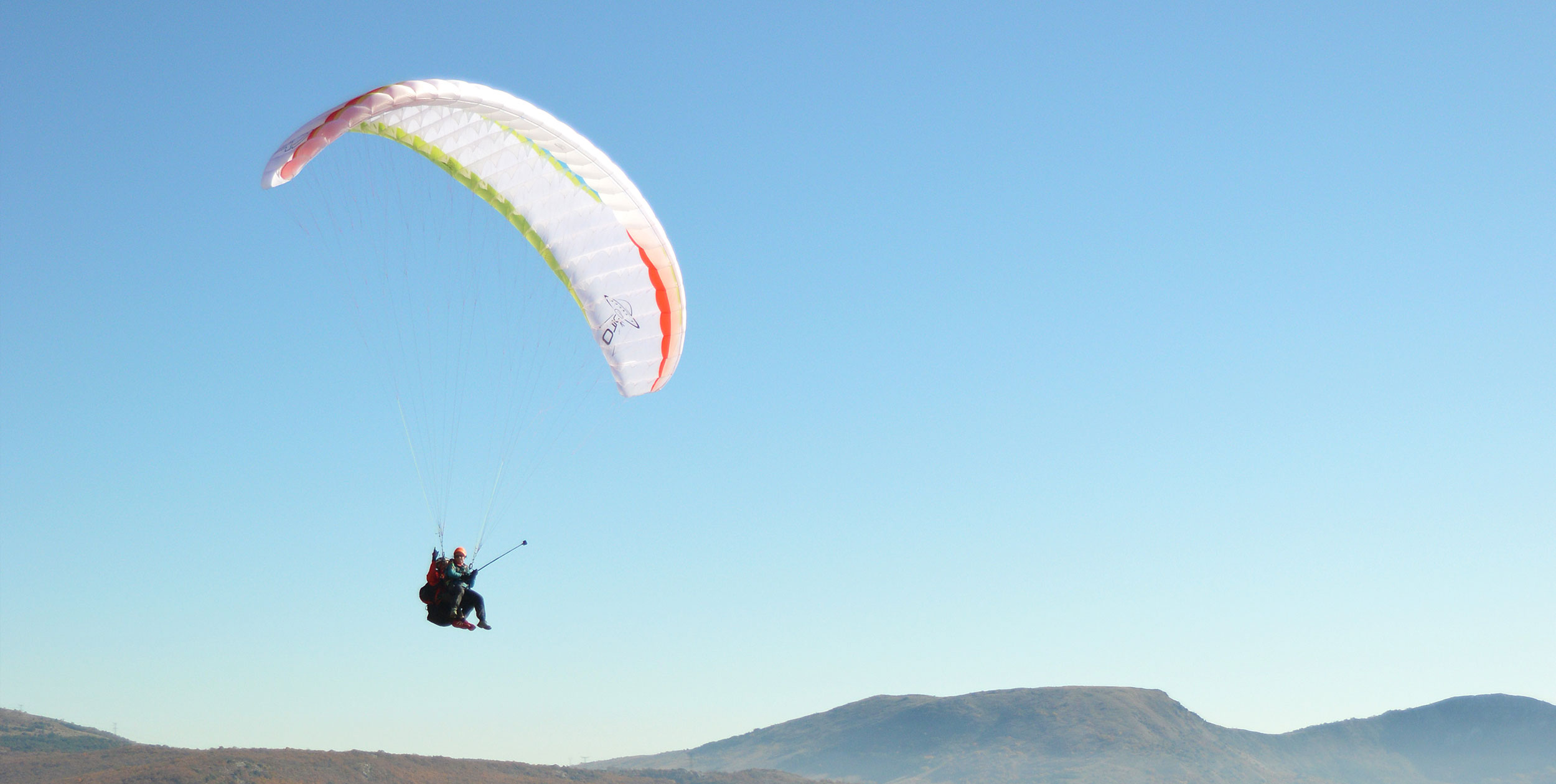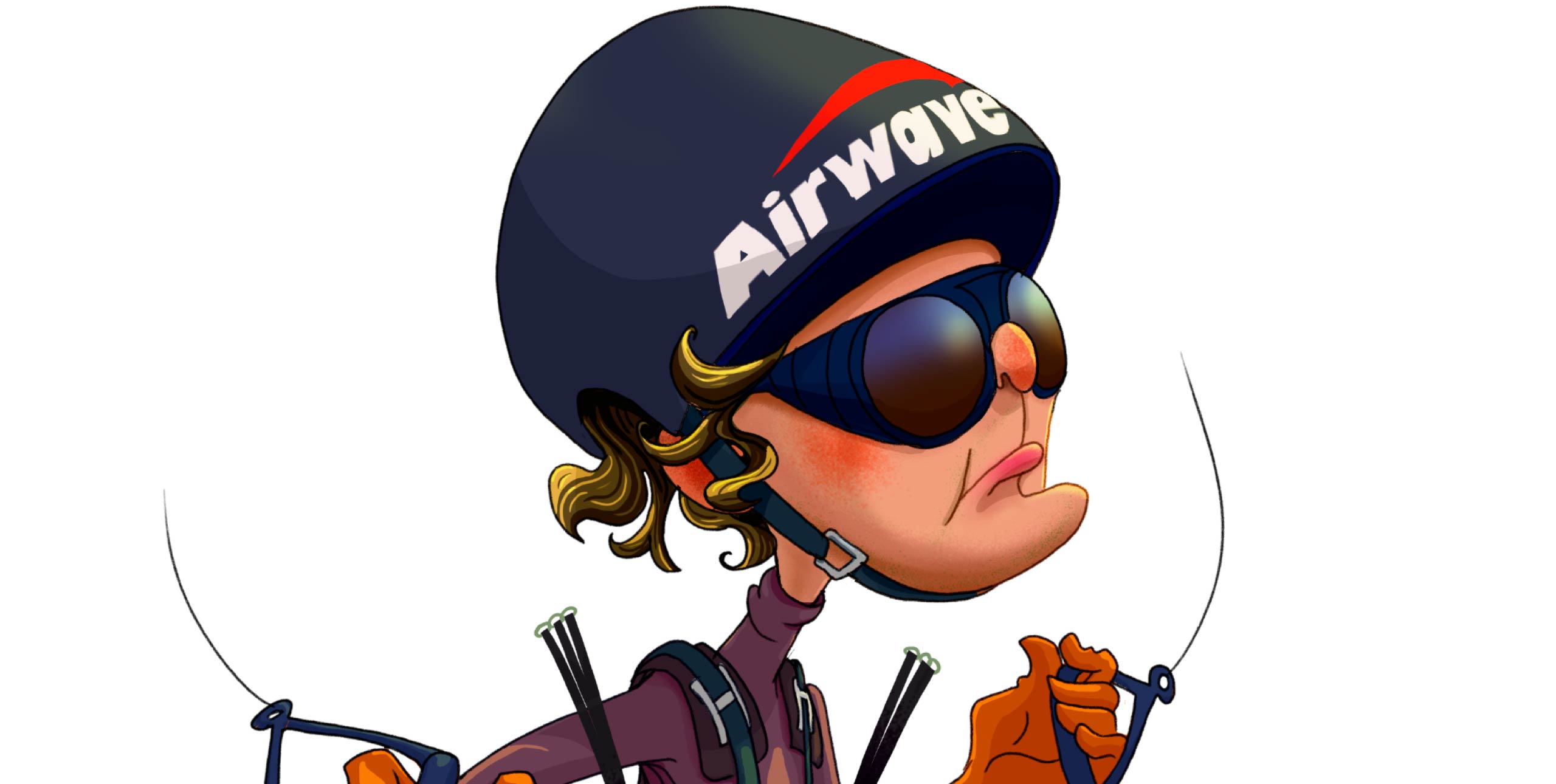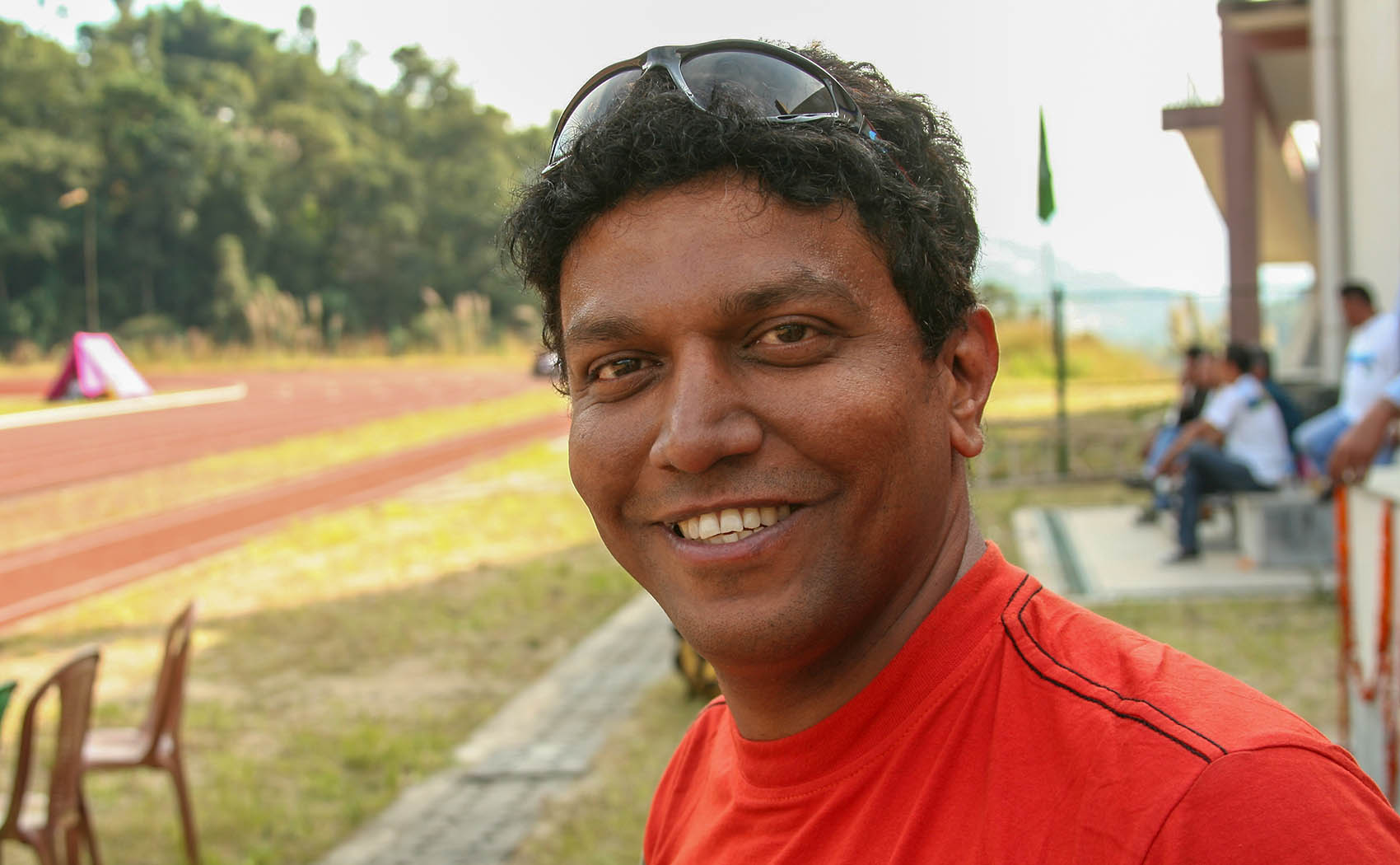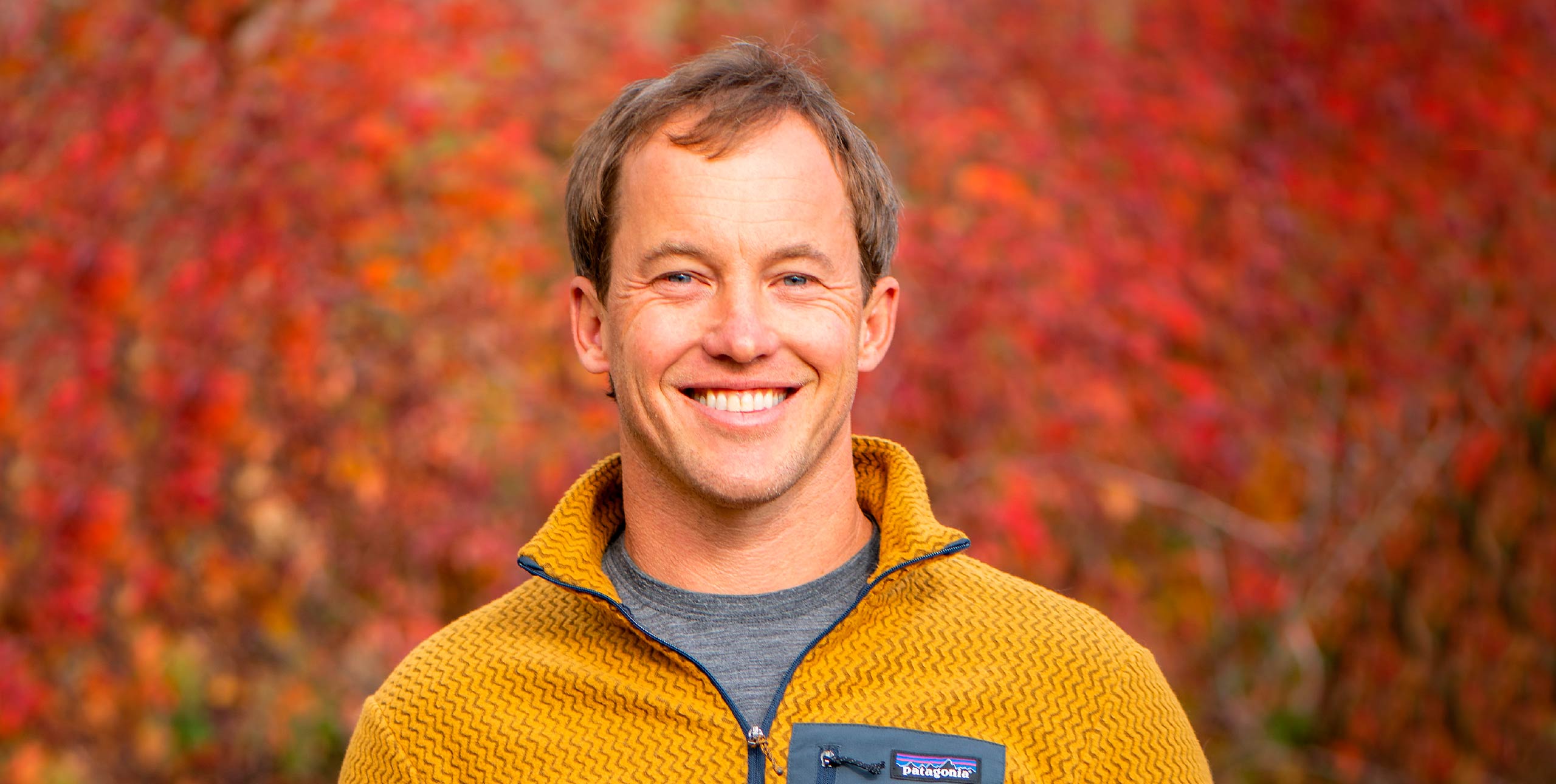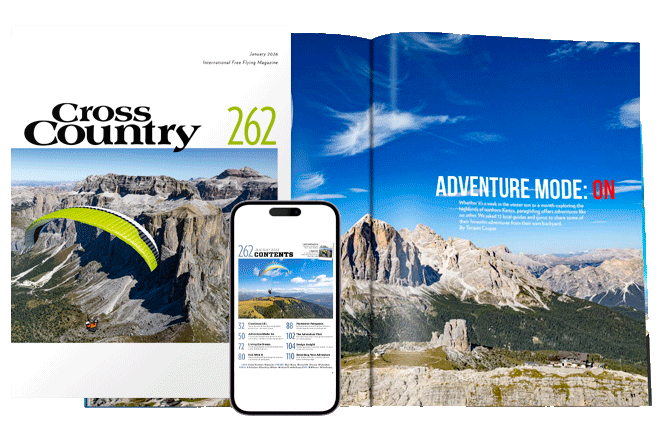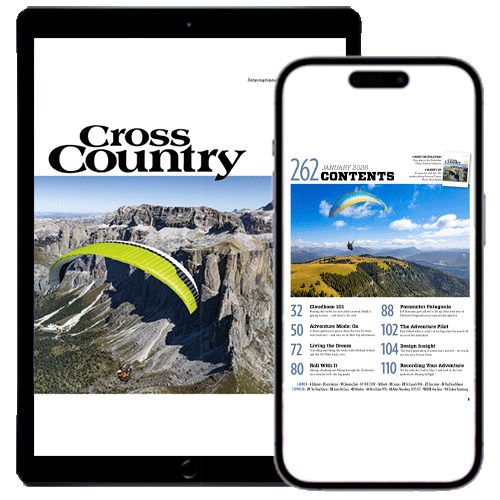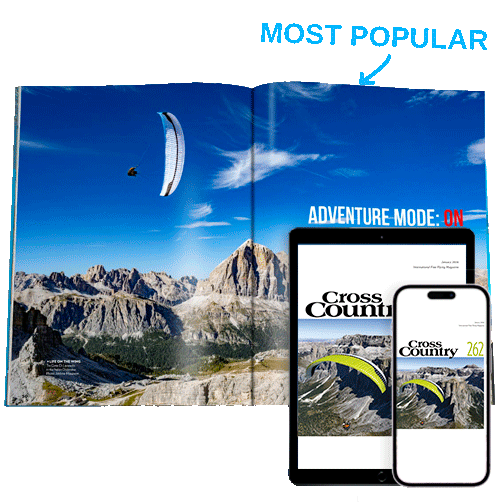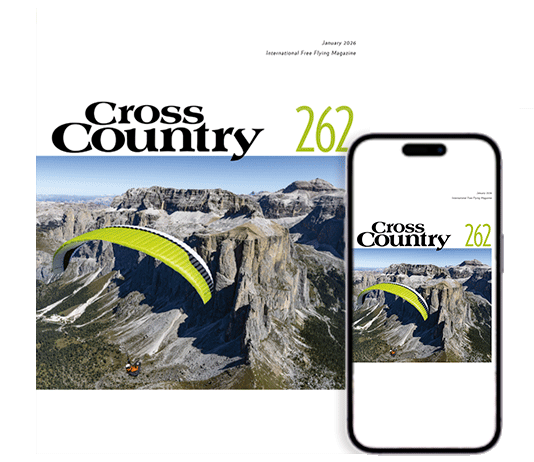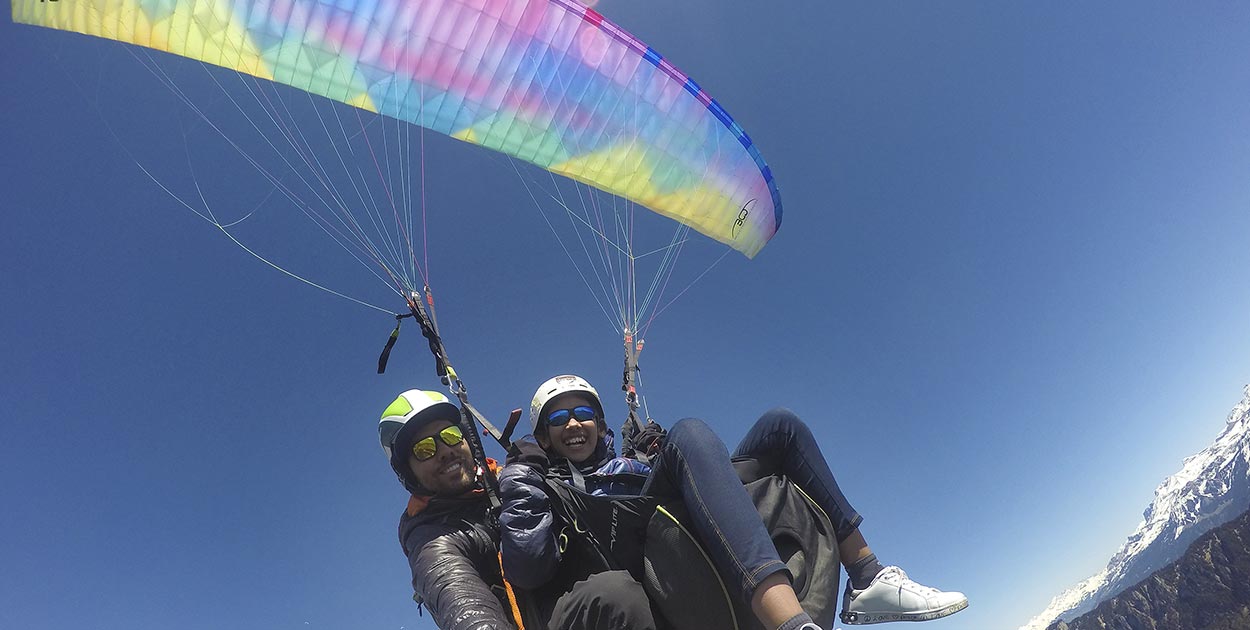
After several years of development BGD have finally come up with a successor to the very successful Dual. With its exotic colour scheme and good qualities this tandem glider fascinated many tandem pilots and passengers all around the globe back in 2013. Will the Dual 2 have a similar effect? Seb Ospina finds out.
To test a professional tandem tool the best option is to test it in a professional tandem environment. As I work as a full-time tandem pilot in Interlaken, one of Europe’s busiest tandem spots, I was a good candidate to review this long-awaited people-carrier.
I tested the Dual 2 for 50 commercial flights during spring in the Alps with varied conditions and loads.
First impressions
When laying out the glider for the first time the first thing I noticed is that BGD have managed to make an even funkier colour scheme than the first Dual, catching the attention of passengers and fellow pilots straight away. The sail has a moderate sharknose, the risers have a big-ears locking system and the lines attached to the rear risers are pre-looped: this is a feature I have only seen in comp gliders before and is so you can undo the loops at the back when the glider “slows down” after a certain number of hours.
Like its predecessor the Dual 2 has 52 cells, but it’s slightly heavier to carry. The aspect ratio of 5.5 is higher than most tandem wings on the market, and this time it comes in two sizes (38 and 42) both with very generous certified weight-ranges of 100kg-200kg and 120kg-220kg respectively.
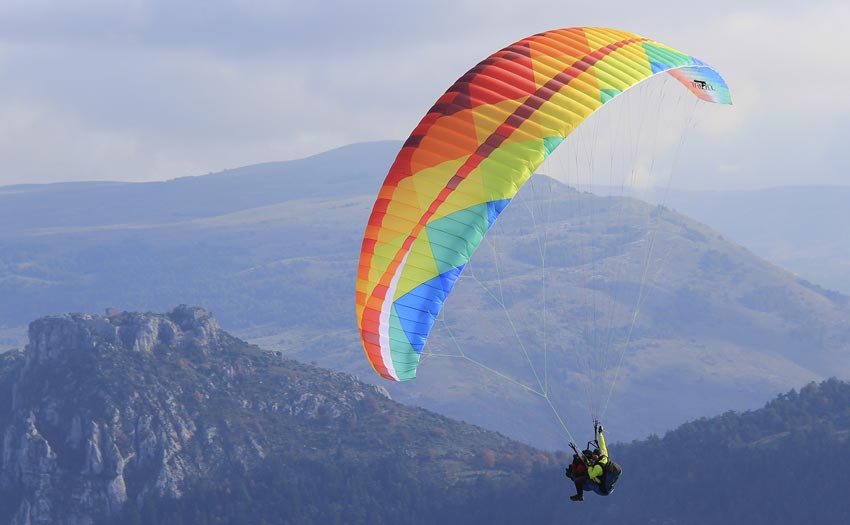
At work
When launching the glider it seems more efficient when the first input is rapid: then it will come overhead very predictably and is easy to correct. When the glider is overhead and on top it wants to lift you up very early, which is nice when you have sitting passengers and/or shallow take-offs. Mostly I launched with trimmers fully on, except for a few times when we had light tailwind, then trimmers slightly off was fine.
In the air the glider features direct handling and good coring capabilities. It is fairly intuitive, giving you good feedback for searching out climbs and lines, but making it a little busier in turbulence. The sink rate is fantastic: even with heavy passengers it is possible to fight in weak conditions. On glide it goes very well, cutting through messy air very efficiently. Bringing it to the stall point is rather physical, I imagine due to the sharknose.
To get down, the glider and I both liked big and high wingovers, even with the smaller tourists. It’s a dynamic wing with plenty of energy. My favourite manoeuvre to get down was actually collapsing the middle A-lines, which was mostly stable and didn’t upset those passengers who were motion sick. Going down on big ears works well, although they can be flappy and opening them again requires a deeper pump than usual.
Landing the Dual 2 I preferred to let the trimmers slightly off for more energy. Even in turbulence the glider cuts through nicely and it is possible to make a reasonably long swoop before slowing down to zero speed. Despite not having much pop on the flare, the Dual 2 did a very good job bringing the passengers down gently.
Conclusion
In conclusion, the Dual 2 is an impressive working tool that will awe many pilots and passengers. The funky colour layout catches the eye of the crowds, hopefully resulting in more bookings. Its climbing and gliding characteristics, together with the sporty feeling, will make XC pilots feel more at home.
Thanks to its dynamic nature it is possible to make very thrilling wingovers and asymmetric spirals. Steady take-offs and landings make the job easy, although big ears take a little getting used to.
MANUFACTURER’S SPECIFICATIONS
BGD say: “Effortless launching and a smooth, relaxed feel”
Use: Professional and recreational tandem flying
Pilot level: Tandem rated
Sizes: 38 and 42
Flat area (m2): 37.8 and 41.8
Certified take-off weight (kg): 100-200 and 120-220
Glider weight (kg): 7.5 and 7.9
Cells: 52
Flat aspect ratio: 5.5
Certification: EN & LTF B
Reviewer
Seb Ospina is a professional tandem pilot in Interlaken, Switzerland. When not flying passengers he can be found chasing kilometres in the Brazilian outback, flying CCC wings for the British team in competition or living the good life at home in the Cauca Valley in Colombia
instagram.com/sebasospina30/
Published in Cross Country issue 202, August 2019.


